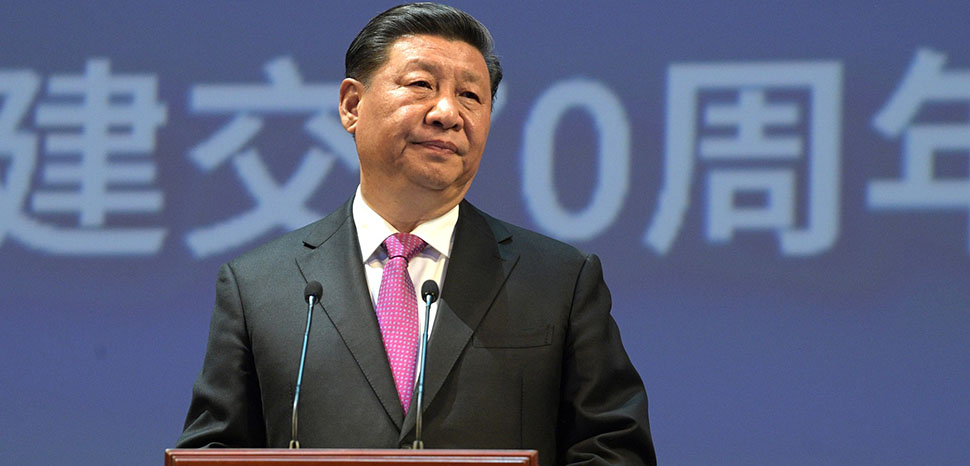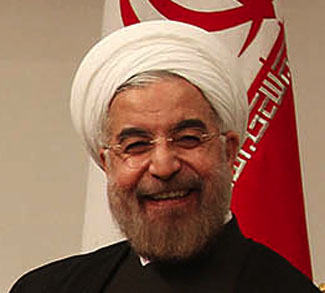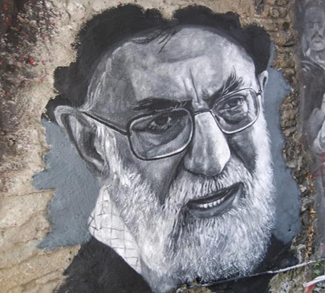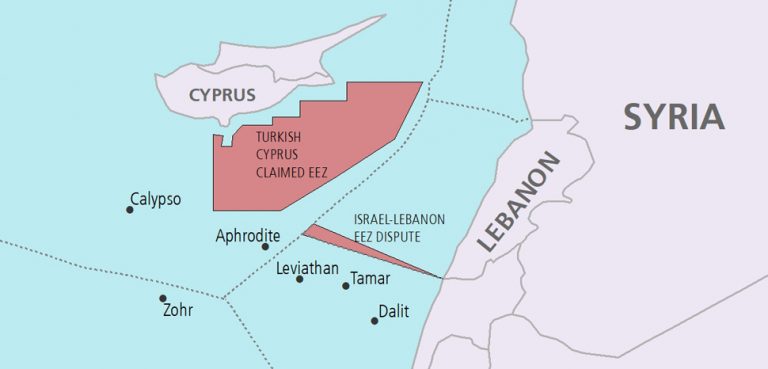Faw Port, built on the Persian Gulf coast of Iraq, is expected to become operational in 2025. The project is currently two-thirds complete and undertaken by the South Korean company Daewoo. With a planned total of 90 berths, the port is poised to become the Middle East’s largest container port, complete with industrial zones and facilities. Spanning an area of over 16 square kilometers, Faw Port is projected to have an annual capacity of handling 99 million tons.
Faw Port will be connected to Turkey with a 1200-kilometer long road and railway network to be built within the scope of the ‘Development Road’ project. This project, implemented at a cost of 17 billion dollars, aims to create a transportation route from Asia to Europe. The Development Road, which starts from Basra and plans to reach Turkey by passing through the provinces of Najaf, Karbala, Baghdad, and Mosul, has the potential to offer a shorter transportation time than the Suez Canal, with the ability to connect to Europe from Mersin Port.
China stands out as one of the countries that supported the construction of Faw Port and the creation of the Development Road. Beyond striking a $10 billion deal with Iraq, the Chinese government has expressed its intention to contribute financially to both projects. These projects have essential features that strengthen China’s interests in the region.
China is a country that imports approximately 10 million barrels of crude oil daily and procures most of this oil from Middle Eastern countries. Saudi Arabia and Iraq are among the countries that supply the most oil to China, exporting over 110 billion dollars of crude oil annually.
Both Faw Port and the Development Road help better connect China to the oil resources it imports from the Persian Gulf. Faw Port is expected to become one of the largest container ports in the Middle East, which could mean more crude oil imports from Iraq to China. At the same time, with the construction of Faw Port, China exported $53 billion worth of oil from Iraq in 2022, an increase of 43 percent compared to 2021. The completion of Faw Port could offer more sales opportunities to Iraq, China’s third-largest supplier of global oil exports. In addition, the trade corridor extending to Turkey and Europe with the road and railway network built through Faw Port will allow China to deliver its non-oil products to the European market more effectively.
Faw Port could increase global trade volume through Iraq, with which China already has a strong interdependence. The Development Road, which will be connected to Europe, especially through Turkey, is expected to have the capacity to deliver products to Europe in a shorter time and at less cost than the Suez Canal.
The Faw Port and Development Road Project in Iraq both intersect with the Belt and Road Initiative and its sea route project and have the potential to offer an alternative route at certain points. By using this route, China can expand its global trade network through Gulf countries such as Iraq and have the opportunity to strengthen the Belt and Road Initiative, which the US closely follows.
These projects, which offer the potential to shorten trade routes and bring China into a regional integration process, pose a threat to US interests due to the advantages they provide to China. After the Belt and Road Initiative was announced in 2013, the US resorted to various sanctions and diplomatic pressures to prevent relations between Middle Eastern countries and China.
Recently, the U.S. has aimed to form different alliances and build different trade routes through alliances, creating alternatives to the trade routes promoted by China under the banner of the Belt Road Initiative. One of the latest steps taken in this context is reaching an agreement on the India-Middle East-Europe Economic Corridor (IMEC) under the leadership of the U.S. at the G20 Summit in India.
The trade route, which envisions connecting India to the Middle East and Europe via railways and ports, was announced by the White House as a “new era of connectivity,” and the U.S., France, Italy, Saudi Arabia, and the United Arab Emirates agreed to develop the project together. In this way, the U.S. is trying to increase its influence in the Gulf at the expense of China and maintain its leadership in the region. The project is one of the most concrete steps the U.S. took against the BRI. Moreover, it amounted to a declaration that Washington could still position Saudi Arabia and the United Arab Emirates, which have recently established close economic cooperation with China, on its side.
IMEC represents an alternative trade route that competes with the Development Road to Europe via Iraq and Turkey. The US administration made a move through IMEC against China’s contribution to this route and the potential benefits of the route to China. The competition between the two routes is just the latest indication that the US and China have entered a period of global competition, strengthening their respective alliances and building competing trade routes that favor their economic interests.
The views expressed in this article belong to the authors alone and do not necessarily reflect those of Geopoliticalmonitor.com.




